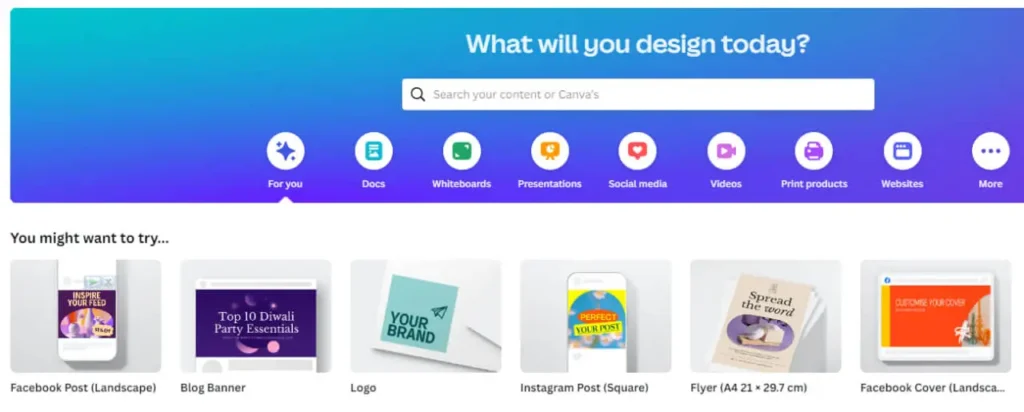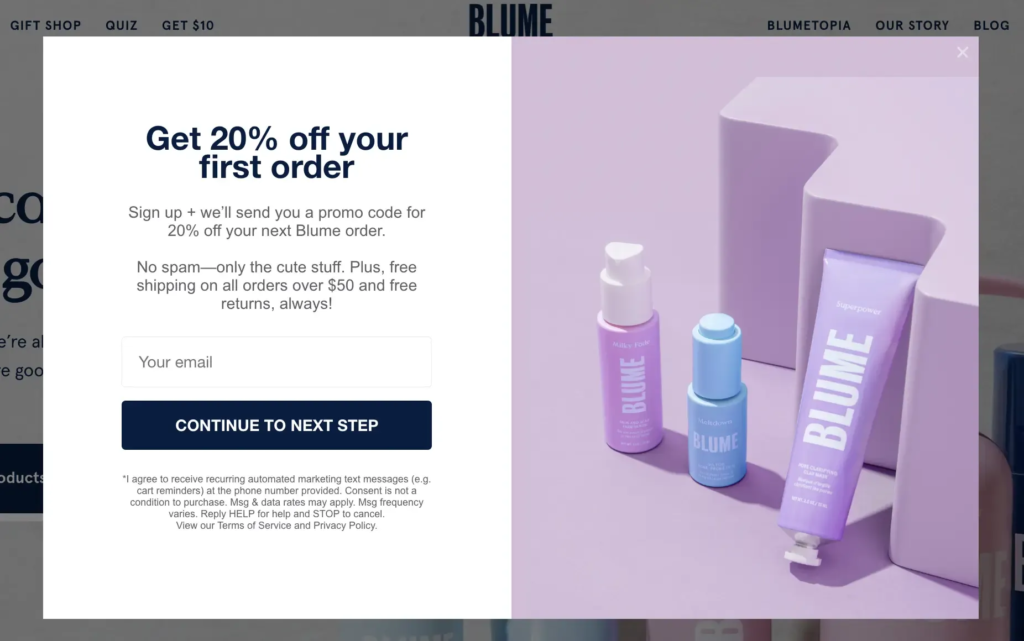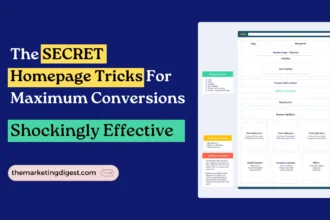Welcome to our detailed guide to the differences between UX Writing VS Marketing Writing. Writers specializing in user experience and marketing take the lead.
Gaining an understanding of these two writing specialties will help your company stand out in the contemporary digital landscape, where a strong user experience and effective marketing strategies are important to success.
In the world of digital technology, they serve different purposes, even though they both require the ability to compose words.
In this blog post, we’ll go through the distinctions between UX writing and marketing writing, their unique features, and how they impact your entire online presence.
Let’s explore how user engagement and business performance are affected by these disparities.
Understanding UX Writing Vs Marketing Writing
Both UX writing and Marketing writing utilize the power of words, but their purposes and methods are very different. Awareness of these differences is essential for producing content, regardless of experience level.
Let’s understand…
What Is UX Writing?
The main focus of UX writing is to create a seamless and easy-to-use experience for people interacting with a digital product or service.
User experience writing, or UX writing, is the practice and technique of creating content that effectively, easily, and clearly leads people through user interfaces (websites or apps).
Writing UX content is like writing code. It is user-centered, ongoing, and supported by research.
It goes beyond microcopy, which consists of button labels and error messages.
More Examples:

The goal of writing is to direct the user intuitively in a way that is consistent with a brand’s voice, with the intention of inspiring action. UX writers guide users through the different features and functionalities:
Product managers, designers, and developers collaborate with UX writers to provide content that makes it easier for users to understand and interact with products and services.
Look at the essential components that need to be taken into account:
| 𝐔𝐬𝐞𝐫-𝐂𝐞𝐧𝐭𝐫𝐢𝐜 𝐀𝐩𝐩𝐫𝐨𝐚𝐜𝐡 | UX writing places a strong emphasis on communicating information, removing jargon, and utilizing simple language. |
| 𝐌𝐢𝐜𝐫𝐨𝐜𝐨𝐩𝐲 𝐚𝐧𝐝 𝐂𝐚𝐥𝐥-𝐭𝐨-𝐀𝐜𝐭𝐢𝐨𝐧𝐬 | Persuasive CTAs and well-written microcopy are essential for motivating users to take desired actions. |
| 𝐂𝐥𝐚𝐫𝐢𝐭𝐲 𝐚𝐧𝐝 𝐒𝐢𝐦𝐩𝐥𝐢𝐜𝐢𝐭𝐲 | UX writing places a strong emphasis on communicating information clearly, removing jargon, and utilizing simple language. |
| 𝐂𝐨𝐧𝐬𝐢𝐬𝐭𝐞𝐧𝐜𝐲 𝐚𝐧𝐝 𝐁𝐫𝐚𝐧𝐝 𝐕𝐨𝐢𝐜𝐞 | Sustaining a unified brand voice throughout all interactions builds user comfort and trust. |
It’s like having a friendly guide inside an app or website, helping you navigate and understand everything.
What Is Marketing Writing?
Marketing writing aims to draw readers in, increase brand awareness, and encourage conversions.
Marketing writing attempts to convince and win over new clients. It draws attention to a brand, product, or service by emphasizing its advantages and encouraging readers to take a desired action, such as buying something or signing up for a free trial.
We (AVConsulity) make use of this in several ways, including:

The goal of writing in the marketing genre is to motivate readers to take specific actions, such as visiting a website, signing up for a service, or making a purchase. Persuasive language, including powerful calls to action, endorsements, and benefits-driven claims, is used to achieve this.
Marketing writers need to have an extensive knowledge of both the target market and the product or service for which they are advertising. Furthermore, a simple, clear, and convincing writing style is essential.
Look at the essential factors to take into account:
| Convincing Messaging | Convincing writing strategies are used in marketing writing to hook readers, capture their interest in products or services, and motivate them to act. |
| Search Engine Optimization | Using SEO best practices, meta tags, and applicable keywords increases search engine presence and generates organic traffic. |
| 𝐓𝐚𝐫𝐠𝐞𝐭𝐞𝐝 𝐂𝐨𝐧𝐭𝐞𝐧𝐭 | Crafting the ideal marketing message requires an in-depth knowledge of the demands, pain spots, and motivations of the target audience. |
| 𝐒𝐭𝐨𝐫𝐲𝐭𝐞𝐥𝐥𝐢𝐧𝐠 𝐚𝐧𝐝 𝐄𝐦𝐨𝐭𝐢𝐨𝐧𝐚𝐥 𝐀𝐩𝐩𝐞𝐚𝐥 | Conversions can be lifted and a lasting impression can be made by telling stories that emotionally connect with and engage the audience. |
Understanding a target audience, determining their needs and issues, and using content to satisfy those needs and fix those issues are the goals of marketing writing.
Difference Between UX Writing and Marketing Writing
UX Writing (User Experience Writing)
UX writing and marketing writing are two distinct categories of writing that exist in the world of digital media and differ greatly from one another.
Writing stuff for user interfaces that is approachable, clear, and easy to read is the main goal of UX writing.
| Target Audience | Writing for user experience (UX) targets users who are already using the product. |
| Goals | In UX writing, clarity, and conciseness are vital. It must be simple to operate and understand. |
| Purpose | The purpose of UX writing is to improve the user experience by creating content for user interfaces. It entails writing the user-focused, direct, and clear text for digital products or services that leads consumers, offers guidance, and communicates precisely. |
| Tone & Styles | It prioritizes the user’s comprehension and simplicity of interaction while avoiding complex terminology and using simple syntax. |
| Length | UX writing, which includes microcopy such as button labels, error warnings, and tooltips, is usually quick and direct. |
| Collaboration | To guarantee a flawless user experience, UX writers collaborate closely with user researchers, developers, and product designers. |
Marketing Writing
However, marketing writing concentrates on creating information that is both appealing and persuasive to promote products and services.
| Target Audience | Marketing writing targets a broader audience, aiming to capture the attention of potential customers who may not be familiar with the brand. |
| Goals | Marketing writing can be more creative and persuasive, using emotional triggers and storytelling techniques. |
| Purpose | Marketing Writing drives conversions and engages audiences. Persuasive copy for ads, social media, emails, and more are examples. |
| Tone & Styles | Marketing writing can be more playful, enthusiastic, or even humorous, depending on the brand voice. |
| Length | Marketing writing can vary in length, ranging from short ad copy to long-form website content. |
| Collaboration | Marketing writers often collaborate with marketing teams, graphic designers, and social media specialists. |
Those are the key aspects that differentiate UX writing from marketing writing.
UX Writing VS Marketing Writing (Best Practices)
Best Practices for UX Writing That Create a Pleasant User Experience
Determining how users will engage with products or services requires careful consideration of UX development.
Effective UX writing best practices can help you design a user journey that is clear to understand and improves usability and engagement.
Words have the ability to instruct and inspire action, so shaping the user’s path. Create an immersive digital experience that captivates and delights users at every interaction.
In this post, we’ll go over some key terms and ideas to help you become a proficient UX writer and deliver outstanding user experiences:
1. Clarity and Concision
2. User-Centric Approach
3. Active Voice and Positive Language
Use active voice for clear instructions and positive language to guide users toward success.
4. Consistency and Tone
5. Contextual Guidance
6. Error Messaging and Feedback
7. Localization and Accessibility
Mastering UX writing best practices enables you to craft intuitive, user-friendly experiences that connect with your audience. Prioritize clarity, simplicity, and a user-centric approach to seamlessly guide users, enhance engagement, and build loyalty.
Remember, the impact of words in UX writing enhances the overall user experience, leaving a lasting impression.
Best Practices for Marketing Writing That Crafts Engaging Copy and Brings Conversion
A vital element of successful marketing efforts is effective marketing writing. Businesses may grab the attention of their target audience, increase brand awareness, and increase conversions by mastering the technique of persuasive and engaging content.
Check out these top writing techniques for marketing to help you create educational content, engage your audience, and accomplish your marketing goals:
These best practices for marketing writing will help you connect with readers, build brand loyalty, help in lead generation, and increase conversions.
To guarantee continued success in your marketing endeavors, never forget to evaluate and improve your marketing writing techniques based on data insights and audience feedback.
Examples of UX Writing and Marketing Writing
The best examples of UX writing and Marketing writing are as follows:
UX Writing Examples
| Error Message |
| “Please enter a valid email address.” |
| “Your password is too weak. Please enter a password that is at least 8 characters long and includes a combination of uppercase and lowercase letters, numbers, and symbols.” |

| Help Text |
| “To add a new contact, click the ‘Add Contact’ button and enter the contact’s information.” |
| “Your password is too weak. Please enter a password that is at least 8 characters long and includes a combination of uppercase and lowercase letters, numbers, and symbols.” |

| Call To Action (CTA) |
| “Sign up for our newsletter today and get exclusive discounts!” |
| “Start your free trial today!” |
Examples of Marketing Writing
| Headline |
| “The new iPhone is here!” |
| “Get 20% off your first order!” |

| Body Copy |
| “The new iPhone is the most advanced yet. It has a faster processor, a better camera, and a longer battery life. Order yours today!” |
| “Sign up for our email list and get 20% off your first order. Plus, you’ll be the first to know about new products and sales.” |
| Call To Action (CTA) |
| “Learn More.” |
| “Get Started.” |

Frequently Asked Questions (FAQs)
1. What’s the biggest difference between UX writing and marketing writing?
The biggest difference lies in their goals. UX writing aims to guide users smoothly through a product or service while marketing writing aims to persuade and convert potential customers.
2. Is UX writing more creative than marketing writing?
Not necessarily. Both require creativity but in different ways. UX writing focuses on clear and short communication, while marketing writing allows for more creative storytelling and persuasive language.
3. Do I need to be a techie to be a UX writer?
While understanding user psychology and information architecture is crucial, a deep technical background isn’t always mandatory.
However, being comfortable with digital products and user experience principles goes a long way.
4. Can UX writing skills help with marketing writing?
Absolutely! The focus on clarity, conciseness, and user-centered communication in UX writing translates well to crafting effective marketing messages.
5. I’m good at writing catchy headlines. Does that make me a good marketing writer?
Catchy headlines are a great skill, but marketing writing is more than just that. You’ll also need to understand your target audience, write persuasively, and craft action-driven calls to action.
6. Is UX writing or marketing writing more in demand?
Both fields are experiencing significant growth. The demand depends on specific industry needs, but both UX writing and marketing writing offer promising career paths.
Conclusion
So, Which Path Should You Choose?
The ideal path depends on your interests and skills.
Do you crave clarity and logic, guiding users through a digital maze?
Then UX writing might be your calling.
Are you passionate about crafting persuasive messages and captivating audiences?
Marketing writing could be the perfect fit.
The good news?
Both are in high demand.
In a world where successful marketing and user experience merge, it’s important to know the differences between both writings to produce content that effectively delivers results.
By understanding their unique strengths, you can harness the power of words to create exceptional user experiences and achieve your writing goals.
Moreover, by merging the ideas, businesses can produce memorable experiences that engage their target audience, motivate action, stay ahead of the trends, and increase conversions.
Accept their special qualities, incorporate them with ease, and you’ll be able to drive and influence your target audience.
Happy Writing! ✍️







